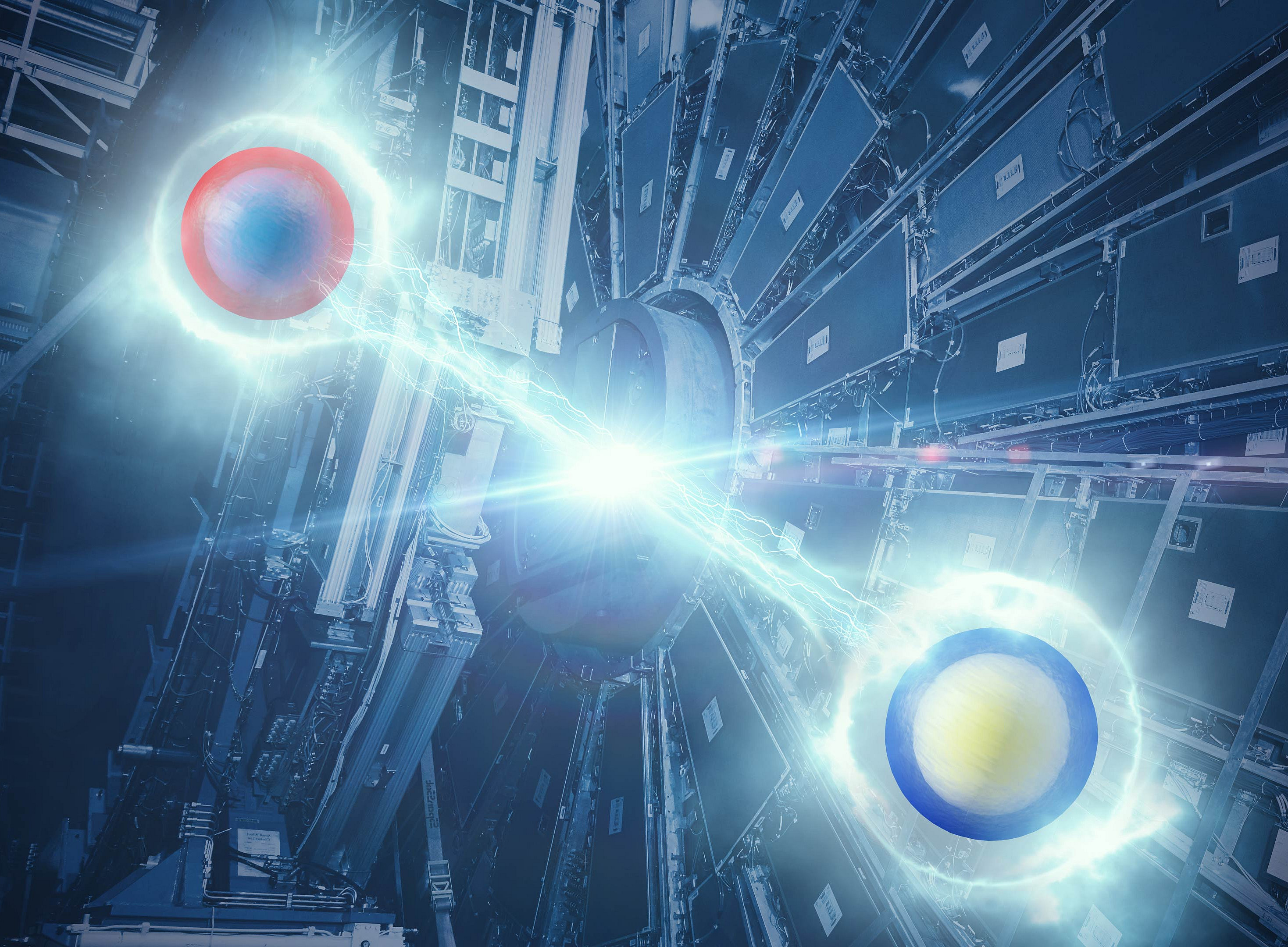It has already been conjectured about 45 years ago that the particle, which we perceive as the electron, is actually not elementary. Rather it is made up in a self-similar manner from an electron and a Higgs. A more precise distinction describes the observable electron as a bound state of an elementary electron and the Higgs. The observable electron obtains its electric charge as a combination of those associated with the elementary particles, but gains its mass, mediated by the Brout-Englert-Higgs effect, from the elementary electron only.
Astonishingly, this is already part of the standard model of particle physics. However, a distinction between the physical electron and the elementary only becomes necessary when high precision experiments are made, like those planned at future lepton colliders. The FWF now grants a research project to Prof. Axel Maas and his group to investigate the possible consequences of such a self-similar substructure of particles like the electrons, so-called leptons, in the standard model of particle physics. Using large-scale numerical simulations, the aim of this project in the next four years is to give an estimate of the deviations observable at future experiments. Thus, this fits well into the ongoing development for a future project following up the LHC at CERN.
An experimental confirmation in the future of these effects would have far-reaching consequences. Besides discovering an effect, which has been predicted for 45 years, this will also affect predictions for many scenarios of physics beyond the standard model. Most notably, theories attempting to explain the electrical neutrality of atoms, so-called grand-unified theories, would substantially change when these effects would be taken into account. Since this electric neutrality, or why the proton and the electron have exactly the same but opposite eletric charge, is one of the greatest mysteries in physics to date, that would be of great importance.
Links:
Group homepage: https://particle.uni-graz.at/en/structures-and-observables/
Projectradar FWF: https://www.fwf.ac.at/forschungsradar/10.55776/PAT6443923
